Brand Audits – How to Use One to Grow Your Profits
Perhaps you’ve seen some of the headlines. This one from Bloomberg pretty well sums up the lot: “Snoopy, Loved as Friend, Lacking as Leader, Gets Boot at MetLife.”[1]
Yes, after a 30-year run, MetLife is dropping Snoopy and the Peanuts gang. If you’re wondering why a company would break up a winning partnership and transform a brand that has worked for three decades, you’ve come to the right place.
While the decision to drop the iconic dog and his cartoon friends may seem capricious, you’ll see that, in fact, this is the case of a company that understands the critical connection between its brand and its business decisions. Markets change, new trends emerge, disruptive competitors alter long-standing rules and customer preferences evolve — all of which impacts your brand and consequently your business strategy.
Regardless of their size, companies that are trying to stay relevant, keep growing, expand their customer base, maintain high recognition and recall and convert awareness into greater familiarity are constantly wrestling with questions about their brands. And the most effective way to answer those critical questions is through a brand audit; see one of our previous posts entitled “Brand Audits: Why You Need Them and How to Perform One.”
Why is this important? Consider the findings in the 11th annual Accenture Global Pulse Survey: Once you lose a customer, 68% will not come back.[2] If better brand management can help retain more of those customers, then you need to invest the time, the thought and the effort into ensuring that your brand is delivering. And a brand audit is one of the most effective tools to measure and evaluate your brand performance.
“There is only one boss. The customer. And he can fire everybody in the company from the chairman on down, simply by spending his money somewhere else.”
Sam Walton
What’s in a Brand, and Why Brand Audits are Key to Growing Profits
If you want to evaluate your brand in terms of its capacity to deliver profits or return on investment (ROI), it pays to be ruthless in your analysis. In other words, take a page out of Forbes and its technique for assessing the value of a brand.[3] When compiling its annual list of Most Valuable Brands, the magazine’s analysts focus on the numbers — not “fuzzy consumer surveys” — and the ability of the top brands to generate revenue.
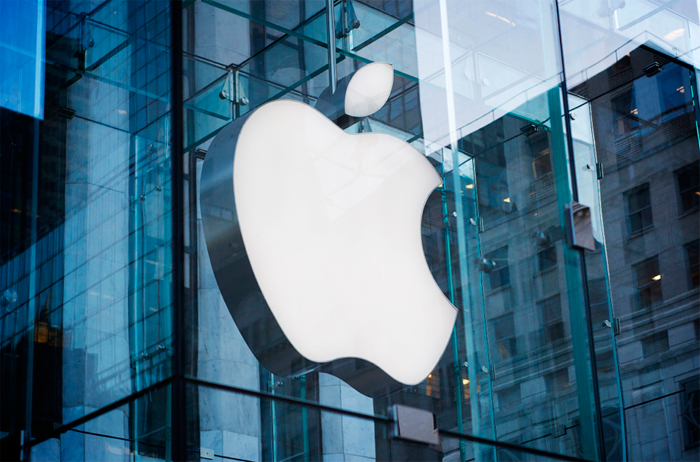
Image via livesicilia.it
In 2016, Apple again takes the Number 1 spot with Forbes estimating the brand’s value at $154.1 billion — definitely a brand worth polishing. If your brand is worth even a fraction of that, you can see why your brand deserves more diligent attention. And even if it’s not there yet, you can appreciate the potential, which makes a brand audit an invaluable tool for brand growth. Any asset with this much value (or potential value) is worth caring for with a regular health check.
And Speaking of Brand Value…
The findings of The Chartered Institute of Marketing’s survey indicate that 75% of marketers consider their brand value and positioning when making any major business decisions. However, respondents also acknowledged weak follow-through and a lower brand experience for customers when management, employees and customers fail to understand and/or appreciate the brand’s role in the business.
Takeaway: A brand audit is not a fluffy light weight marketing exercise. It’s a strategic tool capable of giving you valuable insight into aligning your branding with your business decisions, and needs to be understood by management and employees alike.

Image via The Chartered Institute of Marketing exchange.cim.co.uk
Case Study: MetLife. Navigating Life Together
This video from the Wall Street Journal captures clips from MetLife’s long association with Snoopy. But in its October 20, 2016 press release, MetLife global CMO Esther Lee explained the decision to move away from Snoopy and the Peanuts gang: “We brought in Snoopy over 30 years ago to make our company more friendly and approachable during a time when insurance companies were seen as cold and distant…as we focus on our future, it’s important that we associate our brand directly with the work we do and the partnership we have with our customers.”[4]
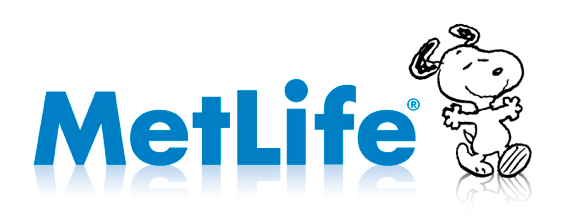
Image via MetLife
Today, MetLife is in the middle of a significant corporate realignment. It’s spinning off its domestic retail life insurance business in the United States to focus more on group life insurance sales and international business operations. Consequently the old logo must give way to a more corporate and international style reflective of its changed positioning:

Image via MetLife
But a rebranding of this magnitude, the decision to drop the cartoon characters, create a new logo, and change the tagline are only part of the process. It’s the result of a thorough analysis and understanding of the brand —in terms of the company, its competition and its customers and prospects.
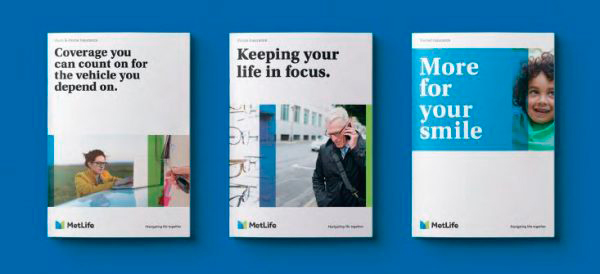
Image via MetLife
You face many important tasks as you begin a rebranding process — potential pitfalls and mistakes as well. To help you prepare, download our free report, “Top 20 Rebranding Mistakes to Avoid.” Sign up with your name and email address, and we’ll send you a copy.
Are You In Need of a Brand Audit?
A total rebrand or brand refresh is only one reason to consider a brand audit as a place to start when determining if your brand is performing. Listed below are key business reasons for conducting a brand health check…and why your brand may not be delivering significant profits:
- Losing market share to your competition in your industry or product segment
- Your business or organizational focus has changed
- Poor performance in online search, no longer landing on page one with Google or insufficient impact in digital media
- Numerous business changes coupled with endeavours along the way to adjust your brand may have undermined your brand identity and created confusion both in your customers’ minds and amongst your internal team and stakeholders alike
- Your sales are declining and your marketing strategy is not delivering the required results
- When questioned about your brand, customers and prospects seem to have little or no brand recognition and low brand recall
Brand Audits Help You Grow Profits
When you conduct a brand audit effectively, driven by clear objectives, you can:
- Pump fresh interest into your brand
- Present a more consistent (and stronger) identity aligned more closely with the goals of the business
- Evaluate your strengths and weaknesses so you can identify what to build on and what to work on, or eliminate and where to improve performance
- Gain a greater understanding of your customers — what they like, what they need and what they want from you and what they don’t like — and how your business and your brand can better meet their needs
- Take advantage of the brand audit process to build greater communication internally across the company (with employees and partners) and externally (with customers, prospects, general public and target markets)
For additional resources and tips, check out our article “Brand Audits: 10 Things Successful Brand Owners and Managers Must Know.”
Start Your Brand Audit with Well-Articulated Objectives
Start your brand audit with a thorough understanding of what you want to accomplish. What are your objectives? Are you trying to determine why your market share is dropping? Do you need greater insight into how to reposition your company going forward? Are you trying to build a recent acquisition or change in direction into your brand image and messaging? Do you need to convert customer or prospect awareness into stronger brand familiarity? Do you need to measure sentiment for your brand in the marketplace?
Even if your brand is performing reasonably well, avoid complacency at all costs — now is the time to give it a health check to prevent any downward turn so you can leverage it more strongly to accelerate your profit growth.
While you’re thinking about these and other questions, take a look at our step-by-step brand audit ecourse. If you want to give your brand a health check yourself, our Auditing Analysis Accelerator™ programme can help you with an under-performing brand, a routine brand health check or a comprehensive analysis to identify your strengths, weaknesses and growth opportunities.
By keeping your focus squarely on your objective(s) you’ll end up with a report, a set of recommendations and a blueprint for going forward that is an actionable document that will help you make the right decisions. You’ll come away with a strategy and a starting point for developing the necessary marketing tactics.
Elements of Your Brand Audit Methodology
There are many ways to audit your brand, and not all audits will require every possible type of analysis. In fact no two brand audits are exactly the same. The depth and scale of a brand audit is dependent on your objectives, resources and timelines. Your questions will help you determine your choice of methodologies and the metrics.
Takeaway: There is no right or wrong brand audit…only the one that gets you the information and answers you need to make the right decisions going forward so you can accelerate your growth.
Here Are 6 Keys Steps and Questions to Get You Started With Your Brand Audit:
Step 1: How does your brand align with your target market?
With your basic questions in hand, you can begin the research phase of your brand audit.[5] You’ll need to collect a lot of background information: Google and Bing searches are a good place to start. You can also hire a professional to conduct an in-depth analysis of your industry. And in addition to visiting your competitors’ websites and social sites, you can collect competitive intelligence through resources such as Hoovers, Dun & Bradstreet, SimilarWeb and Alexa. Some of the topics you’ll want to research:
- Market Intelligence: Market niche, target audience
- Company Information: Mission, vision and Unique Selling Proposition (USP), sales trends, customer support results, logos and brand image documents, brand collateral material
- Industry Insight: Industry trends, competition (who are they and how do they compare in terms of price, support, customer experience, product offerings?)
Step 2: Does your brand deliver on your business objectives? Market intelligence? And industry insight?
With the raw data in hand, you need to assess your brand image, message and actions in the context of your company, your products, your market and the industry. How effective is your brand? Is a weak brand resulting in business being left on the table? Are you losing to stronger, more recognized brands? Do your employees, customers and prospects align with your brand? Can they articulate what your brand stands for and what makes it different to your competitors?
- Discuss the your brand internally with management and employees
- Query customers and prospects with online polls, phone surveys and email questionnaires
Case Study: The IKEA Brand Starts With Its Customers’ Needs
The IKEA Group reminds us that both good business ideas and good branding starts with a thorough understanding of customers and their needs. In “The Story of How We Work,” IKEA has turned the story of how they deliver the right products at the right prices with the right corporate culture into the brand.
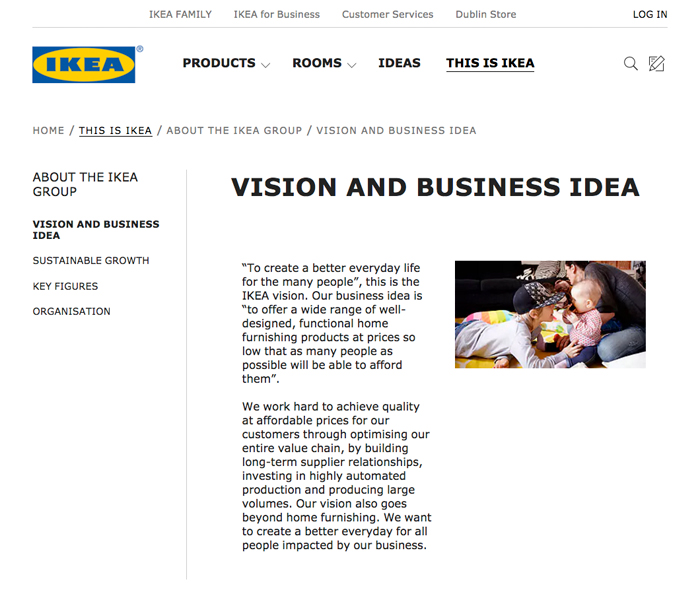 Image via IKEA
Image via IKEA
Takeaway: Using digital illustration to sketch the business process reinforces the how-to and DIY aspects of the IKEA brand. The fact that the story comes full circle—back to the customer—proves that people and their needs are always central to the business and the brand.
Step 3: What’s your SWOT?
Conduct a SWOT-type analysis of your brand to identify and list your brand’s strengths, weaknesses, opportunities and threats.
- What are the best assets associated with your brand — e.g. visual, message, trust? These are strengths you can leverage
- What are your weaknesses and liabilities — e.g. negative press, limited recognition, small audience? Not only do you need to know about any downsides you need to decide if liabilities can be turned around or offset
- Where are your opportunities — e.g. new or untapped audiences, new products well positioned in the market, potential market disruptors? Once identified you can consider the strategy and tactics that will enable you to take maximum advantage of opportunities
- Where are the threats — e.g. new competitors, changing market trends, next-generation technology, challenger brands? Once you know the threats, you can develop ways to mitigate their impact
Case Study: Burberry Leverages its Origins
When Angela Ahrendts joined Burberry in 2006 as its new CEO, she and then Chief Creative Officer Christopher Bailey focused on new and innovative ways to leverage their strength. Burberry asked, “What do we have that they [the competition] don’t?”
 Image via Burberry
Image via Burberry
Takeaway: Burberry went back to its strong roots: British origins and the iconic trench coat. With this insight, the implementation was simply a matter of using creativity in presentation, social media, music and models to build a brand that worked in the 21st century.
Step 4: What’s the brand recognition and recall factor for your visual elements, your messaging and your actions?
Questionnaires, polls and one-on-one conversations will help you understand how effectively your brand is connecting with customers and prospective customers. This is a somewhat subjective process — since you’re relying on people to tell you honestly what they think. It will, however, help you understand the associations and awareness surrounding your brand. Ask customers and prospects about all aspects of your brand, including:
- Logo, colours, taglines
- Brand collateral materials
- Product packaging, trademarked programmes and services
- Customer support programmes
- Consistency of brand across products, websites, marketing materials social sites, etc.
Step 5: Is your social presence aligned with your mission, vision and business objectives?
Given the strong digital presence of most marketing today, you may want to do a social media audit to determine if your brand comes through loud and clear and consistently and congruently on all your social platforms. For example:
- Do you have a consistent brand image and congruent messaging across all your social sites?
- Is your website’s user experience consistent with the brand experience you want for customers and prospects?
- Are you taking full advantage of the features and strengths of each social platform to best position your brand while maintaining consistency?
Step 6: What’s your traffic analysis?
You’ve asked customers and prospects for their opinions about your brand. By measuring online behaviour you can separate what people say from what they actually do and how they respond to your digital brand marketing?
- Are the number of visits to your website, social sites, digital ads increasing?
- How many unique views do you have each month?
- How many are return visits?
- Are your Likes growing along with sales?
- What’s your bounce rate? Are people spending more time on your sites? Are they downloading lead generating brand collateral?
- How many conversions do you have? Are people clicking through, responding to your call to action and/or buying?
An Inspiration and Reminder to Think Different
In 1997, Steve Jobs had just returned to Apple, and one of his first tasks was to rescue the brand. After several years of confusion and poor management, Apple products and the brand itself had declined and the company faced the possibility of failure.
In this video, Steve Jobs explains his plan to revive the business and the brand by focusing not on speeds and feeds (features) but the value of human innovation and positioning Apple as the company that understood, respected and supported those among us who Think Different.
Jobs’ explanation, serves as our reminder to focus our brand audits on our strengths and our customers. We increase our chances of succeeding when our brand audits bring us in touch with our strengths and our customers’ needs and help us put both in the context of our industry, our target markets and business objectives. Writing in Forbes in 2013, Columbia University professor Panos Mourdoukoutas explained brand value: “Those attributes must ‘seduce’ the consumer’s mind, address genuine consumer anxieties and emotions — and be innovative.”[6]
Five Tips for Using Your Next Brand Audit Health Check to Increase Your Profits and Grow Your Business
- Business decisions and brand go hand-in-hand. Tie any significant changes in the business (e.g., acquisitions, future plans, product restructuring) to the brand. A brand audit will help you understand where you stand today and what it will take for the brand to engage customers going forward.
- Focus on context. Your greatest opportunities lie at the point of convergence across company values, customer desire and the state of the market.
- Leverage your strengths. Start from your core values — the attributes that built your business. Then determine how you can carry them forward. Whether it’s a matter of getting back to basics or pumping new life into trusted values, don’t loose what you’ve spent years building. Reassure customers that you are who you’ve always been and will continue to be.
- Reach out to customers. You can’t make business decisions and establish your brand identity in a vacuum. Talk with customers, social and website visitors and, in some cases, random members of the public. Invite them to take part in surveys, phone interviews, focus groups and one-on-one interviews.
- Don’t overlook your digital branding. Today your brand extends to everything you do online — websites, social sites, digital ads, YouTube videos and more. Plus, with new tools and marketing automation technology, you can quantify more of your results. You can see what people are doing and compare results with what they tell you.
[1] http://www.bloomberg.com/news/articles/2016-10-20/metlife-to-phase-out-snoopy-branding-as-ceo-reshapes-insurer
[2] https://www.accenture.com/us-en/insight-digital-disconnect-customer-engagement
[3] http://www.forbes.com/sites/kurtbadenhausen/2016/05/11/the-worlds-most-valuable-brands-2016-behind-the-numbers/#126ce3897383
[4] https://www.metlife.com/about-us/brand/MetLife_Launches_New_Brand-Press_Release.pdf
[5] http://www.inc.com/guides/201105/10-tips-on-how-to-research-your-competition.html
[6] http://www.forbes.com/sites/panosmourdoukoutas/2013/10/05/apples-most-important-branding-lesson-for-marketers/#46c5410e18e2



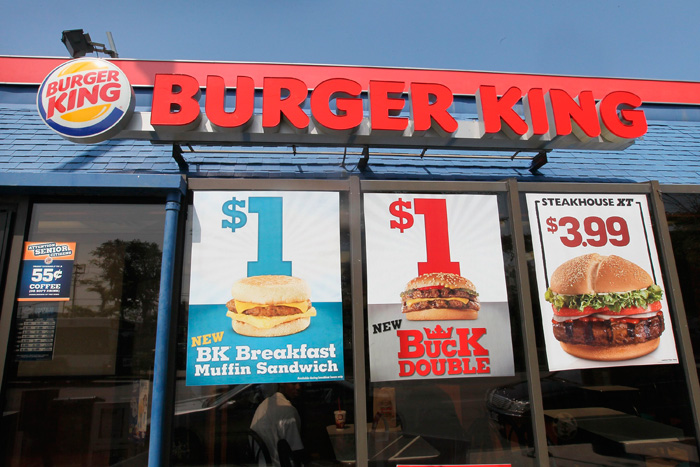




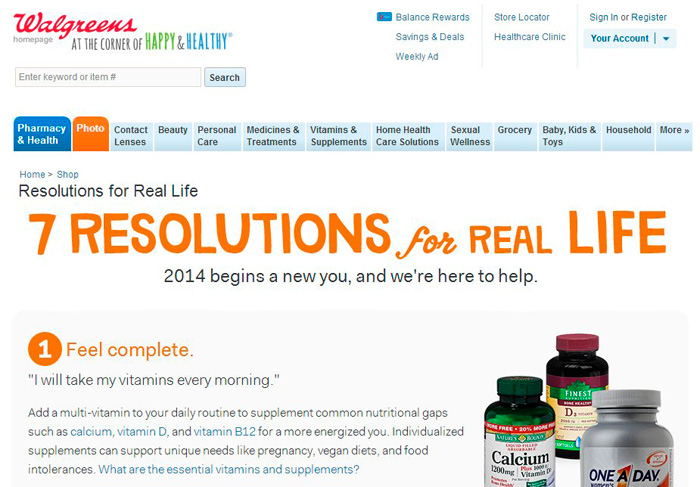







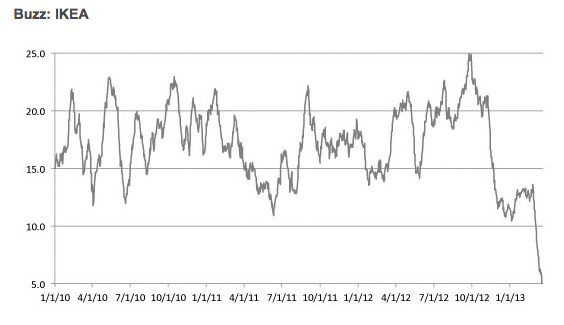
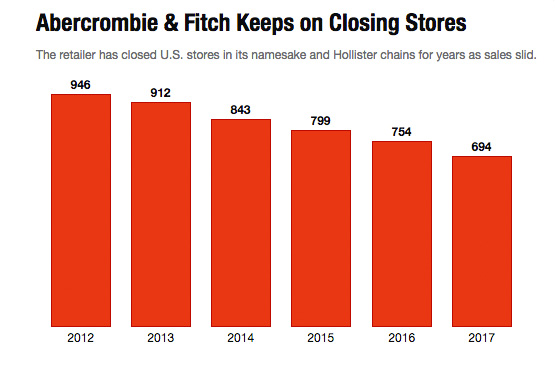











-600px.jpg)

































